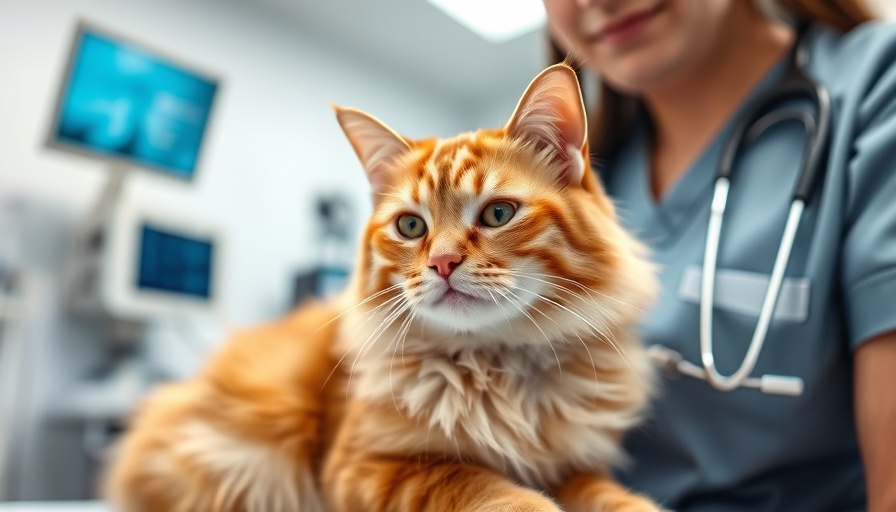
The Hidden Financial Risks of Pet Ownership
As the bond between Canadians and their pets deepens, so do the financial responsibilities tied to pet ownership. A recent report by HelloSafe highlighted an alarming statistic: only 3.8% of pets in Canada are currently insured. This figure positions Canada behind other countries, notably Sweden and the UK, where pet insurance coverage rates soar to 90% and 30%, respectively. With emergency veterinary treatments costing between $800 and $5,000 and routine care often surpassing $2,500 annually, this lack of coverage leaves millions of Canadian pet owners vulnerable to financial strain.
Understanding the Landscape of Pet Insurance
The Canadian pet insurance market is witnessing growth, with gross written premiums reaching approximately $470 million in 2025. Projected growth rates of 10-13% through 2030 are promising, yet they do not reflect an uptick in the percentage of insured pets. This contradiction raises questions about what’s preventing pet owners from investing in insurance. Key players such as Trupanion and Petsecure dominate the market, accounting for over 80% of policies. The shift towards digital platforms, where more than 70% of new policies are purchased online, signals a changing landscape but still falls short of increasing overall coverage rates.
Comparative Analysis: Global Perspectives on Pet Insurance
Looking at the global pet insurance arena, Canada’s low penetration rates can be partially attributed to the absence of regulatory incentives. Unlike some European nations, where pet insurance may be bundled with employment benefits, Canadian pet owners face a fragmented market with limited options tailored to their needs. This disparity in coverage underscores a larger discussion about how pet wellness and health are prioritized differently across countries.
Challenges and Opportunities for Improvement
Addressing the gap in pet insurance adoption may require innovative product development and more compelling value propositions. Currently, the availability of multiple tiers, from accident-only to comprehensive plans, provides options but also confuses many potential buyers. The need for clearer communication regarding policy benefits and the financial safety net that insurance provides could encourage more pet owners to consider coverage.
The Social Impact of Pet Ownership Without Insurance
Without insurance, many pet owners may opt for subpar medical care or even avoid necessary treatments due to cost concerns. This can lead to compromised animal health and welfare, sparking broader societal implications. As pets play an integral role in many families, ensuring access to veterinary care is not just an individual concern—it’s a community responsibility.
Future Trends in Pet Insurance
With the landscape evolving, emerging technologies could play a pivotal role in enhancing pet insurance. Insurers are exploring integrations with wearable technology for pets, allowing for proactive health monitoring and engagement. These advancements could reduce long-term costs and improve outcomes for both pets and their owners, creating a win-win situation in the insurance realm.
Taking Action: What Pet Owners Can Do
The responsibility lies with pet owners to educate themselves about available insurance options. By taking time to compare policies, understand the benefits, and see beyond costs, pet owners can make informed decisions. Given that over half of pet owners would struggle to cover an unexpected $1,000 veterinary bill, exploring insurance as a safety net is a practical step towards responsible pet ownership.
Ultimately, the growth trajectory of Canada’s pet insurance market prompts a reevaluation of how pet owners protect their furry family members. As both pet ownership and veterinary costs rise, the conversation about the importance of insurance must be front and center—undoubtedly a matter of health, finances, and compassion for our beloved companions.
 Add Row
Add Row  Add
Add 




Write A Comment